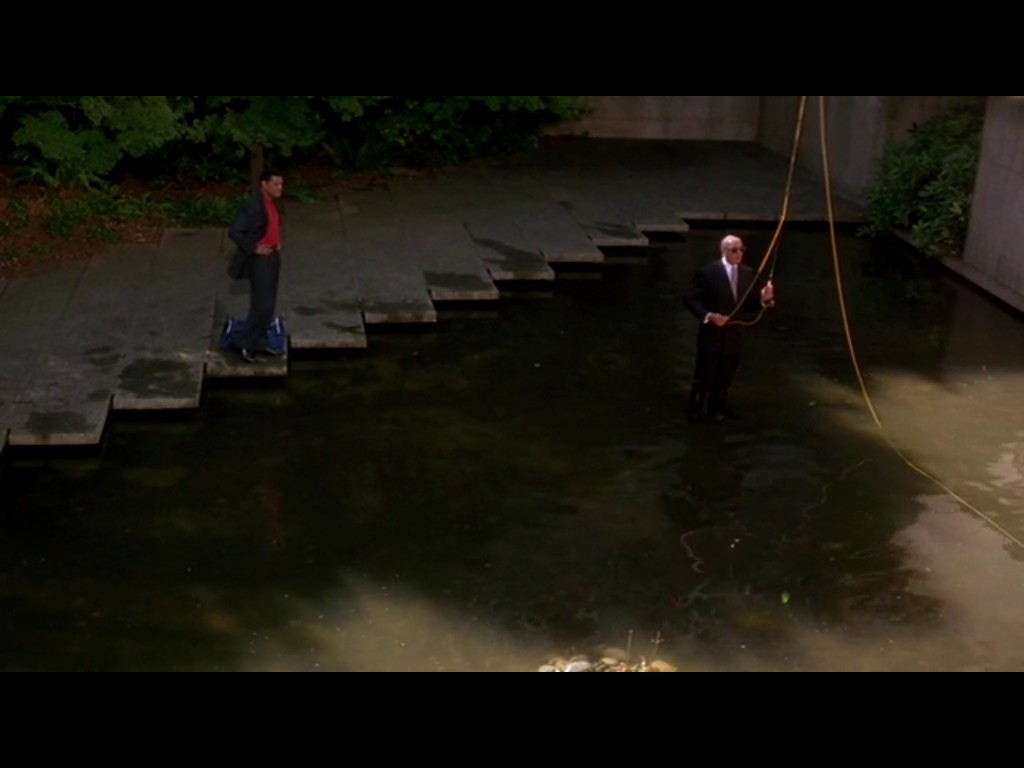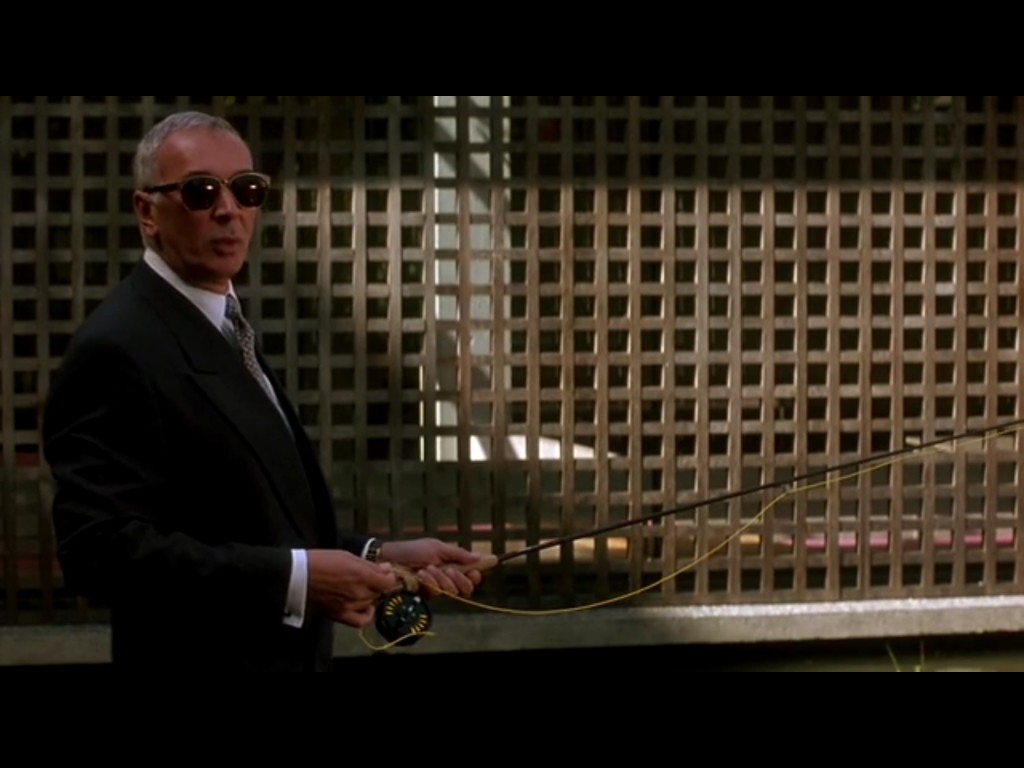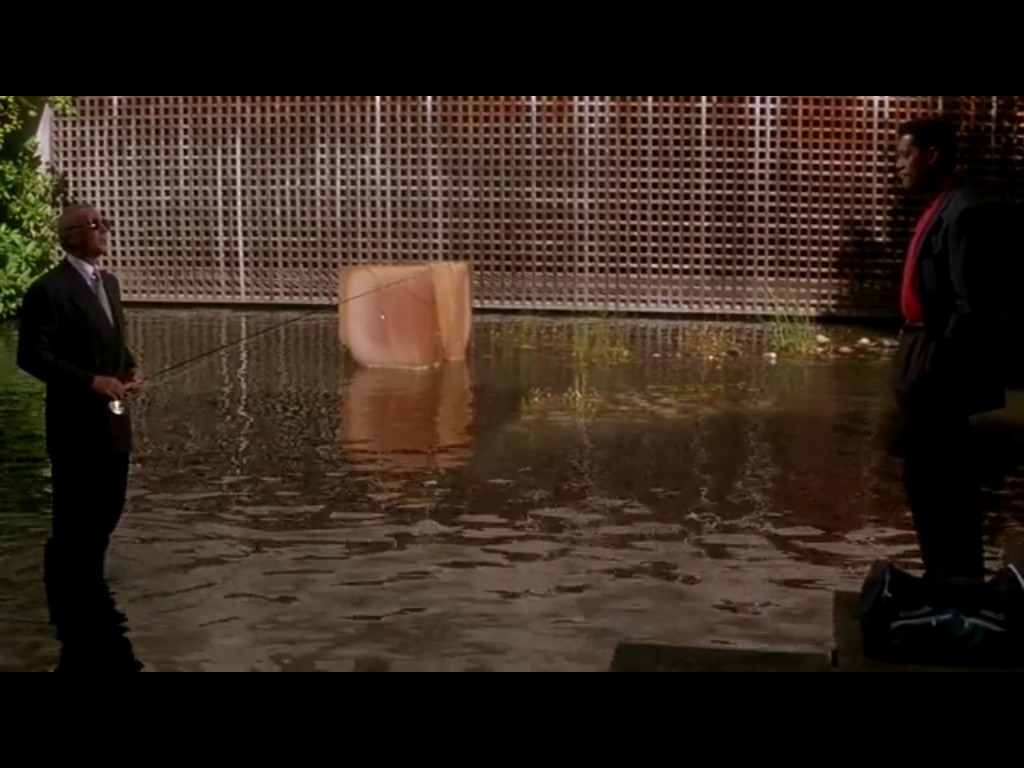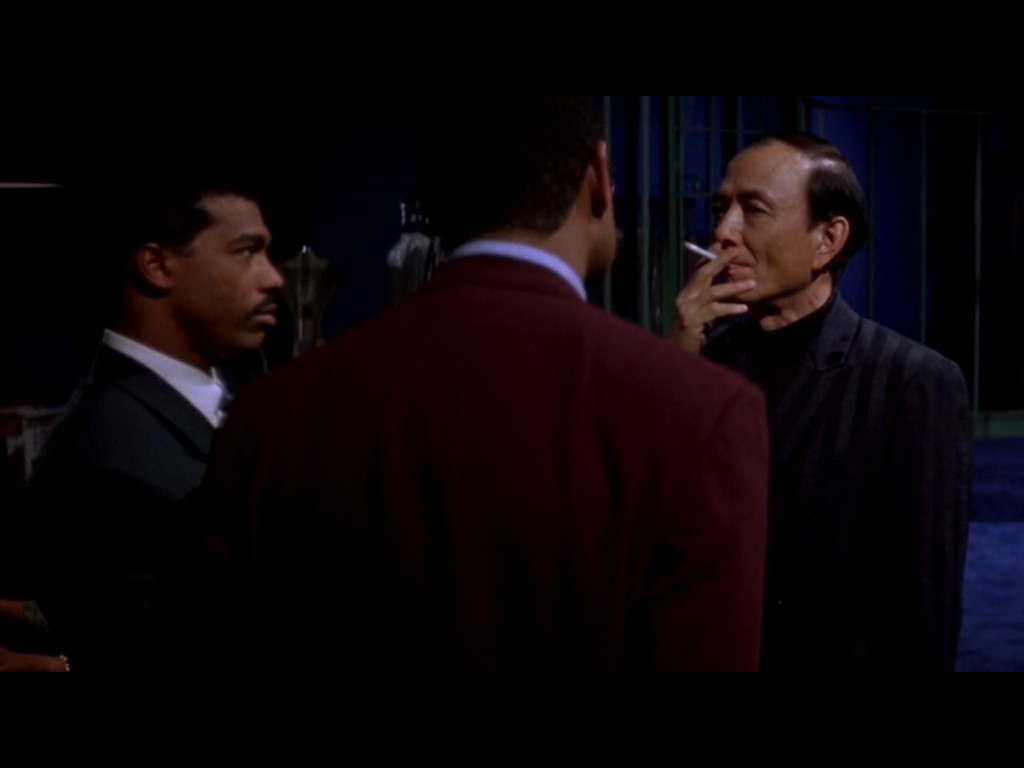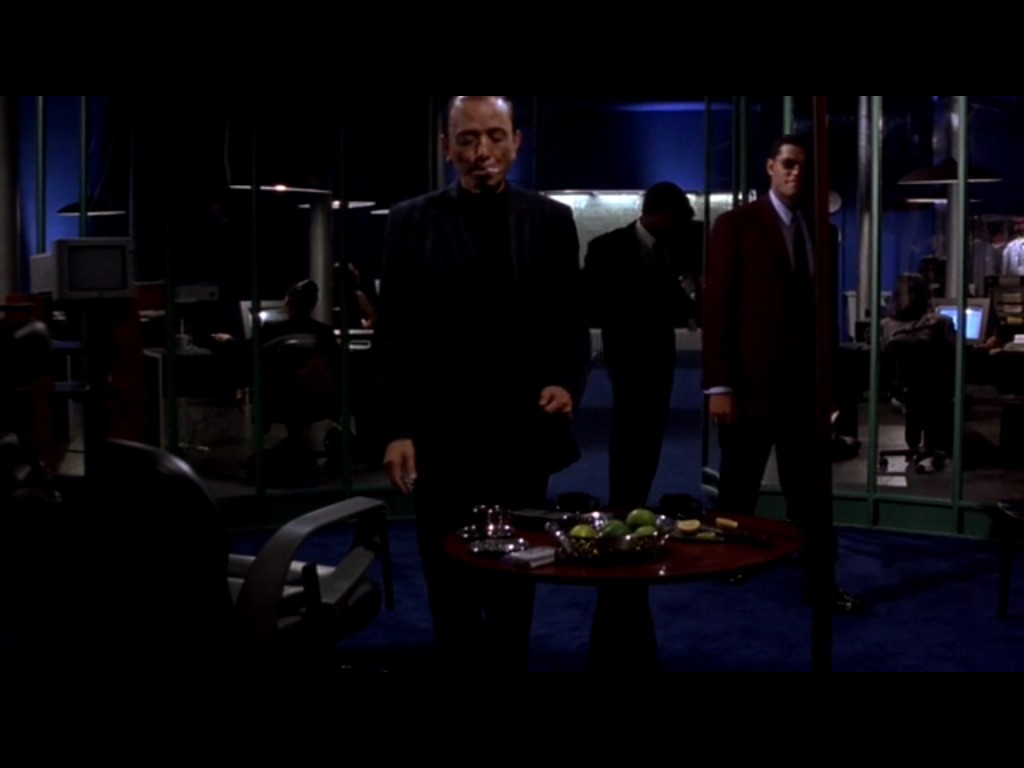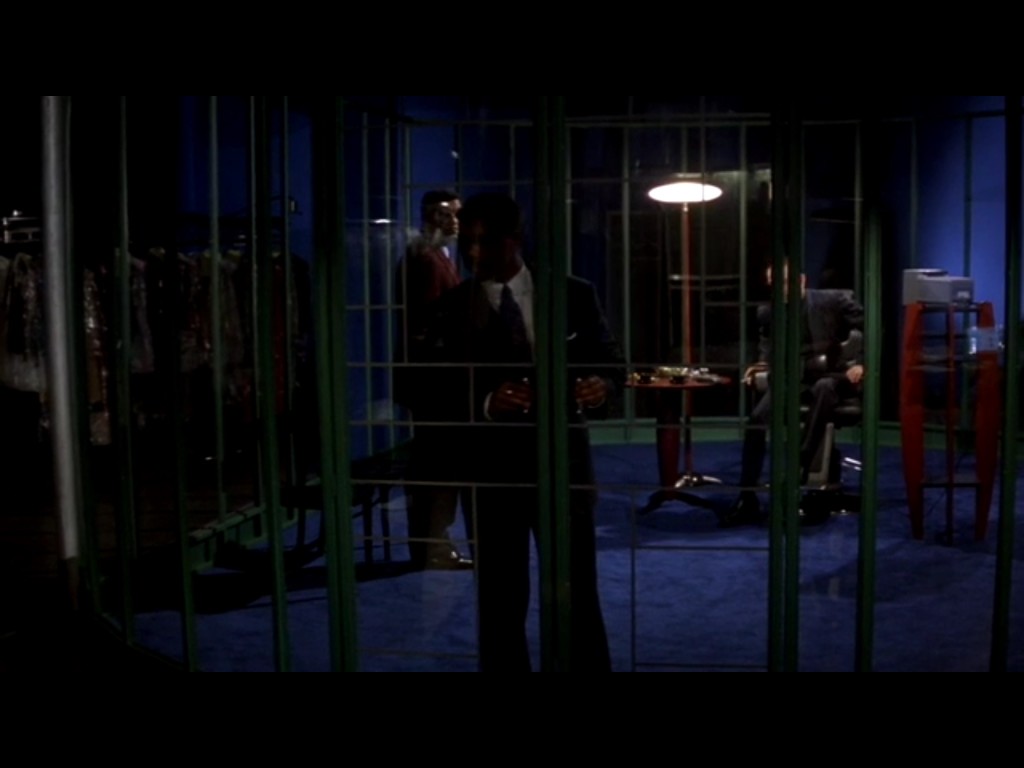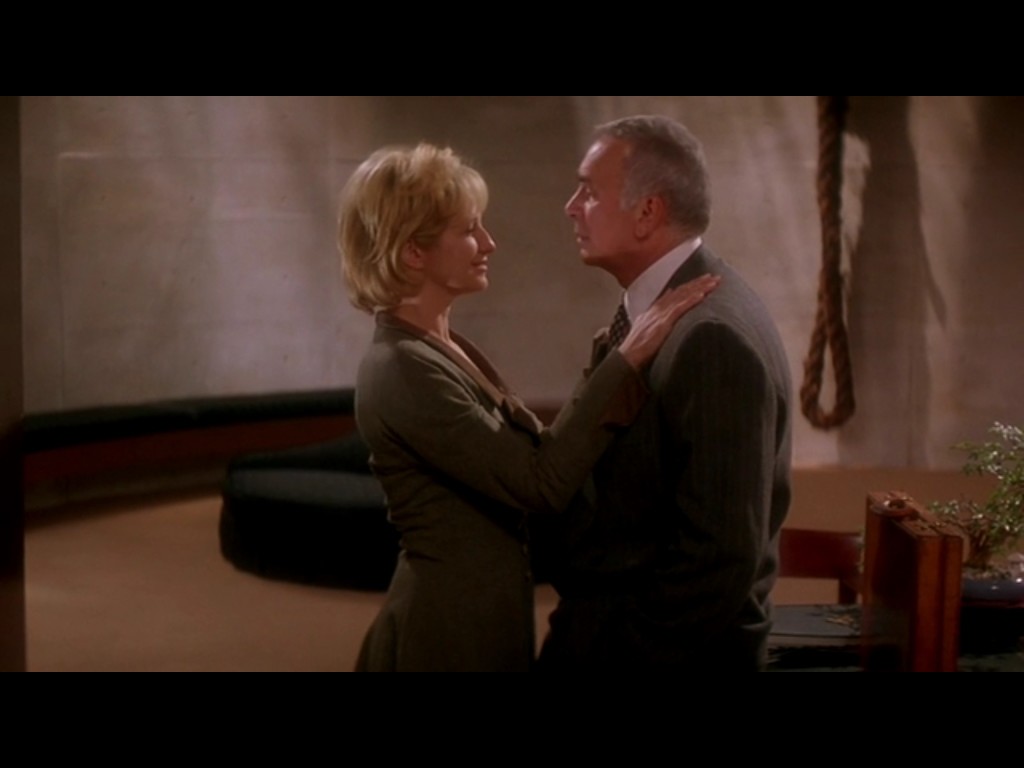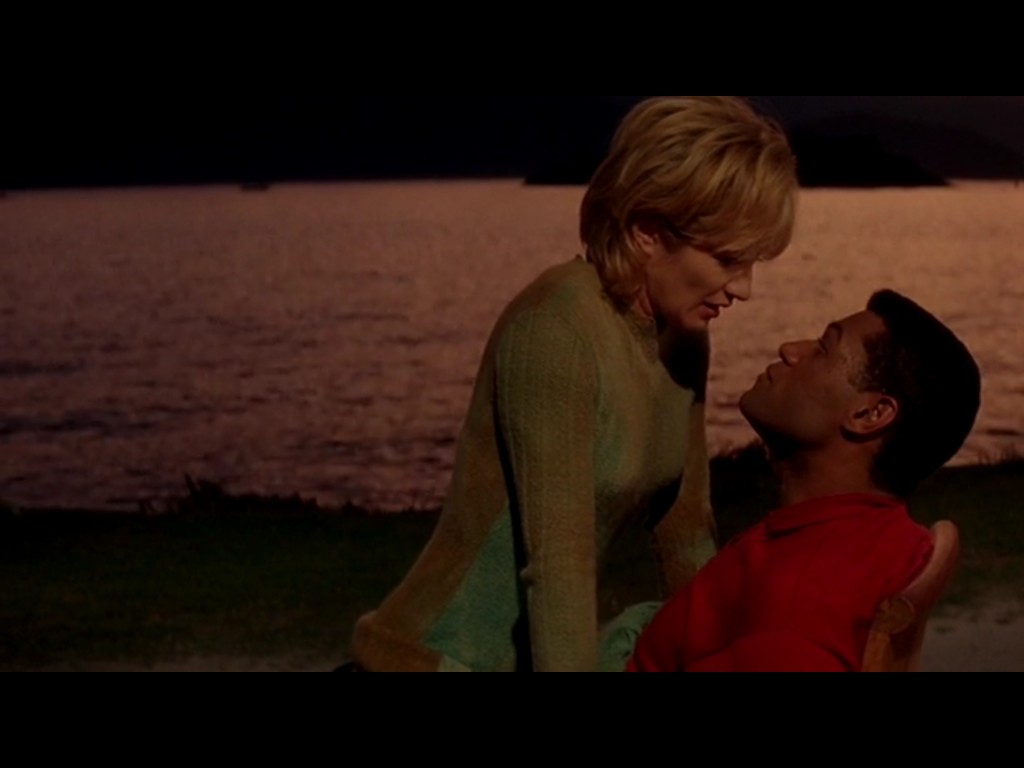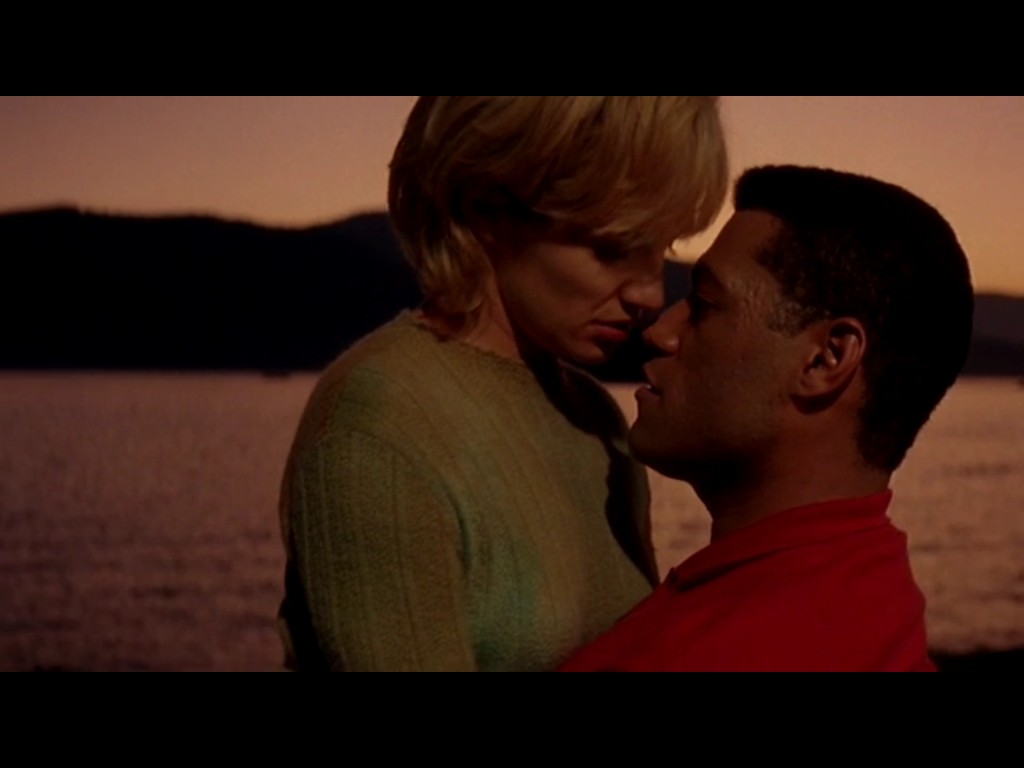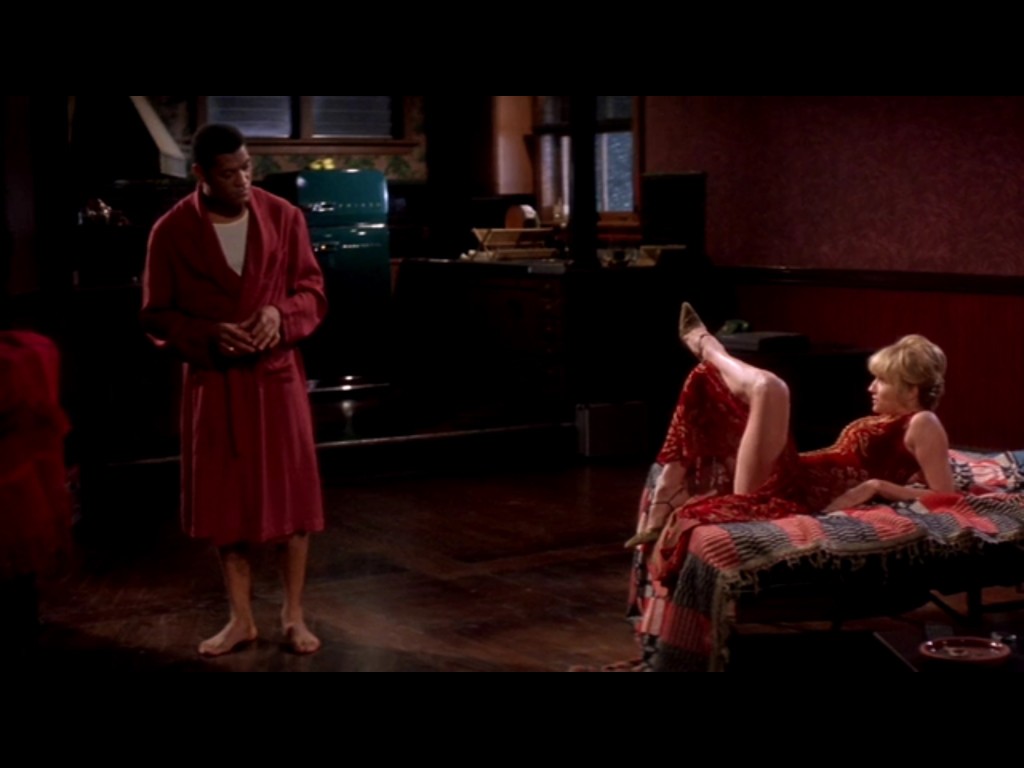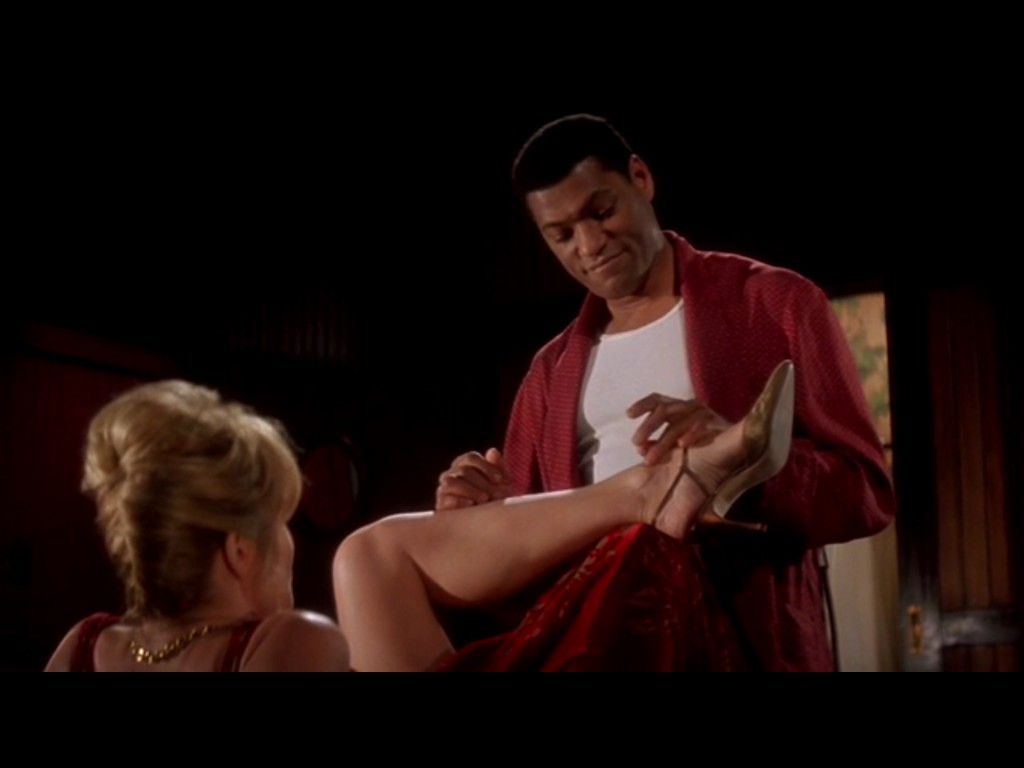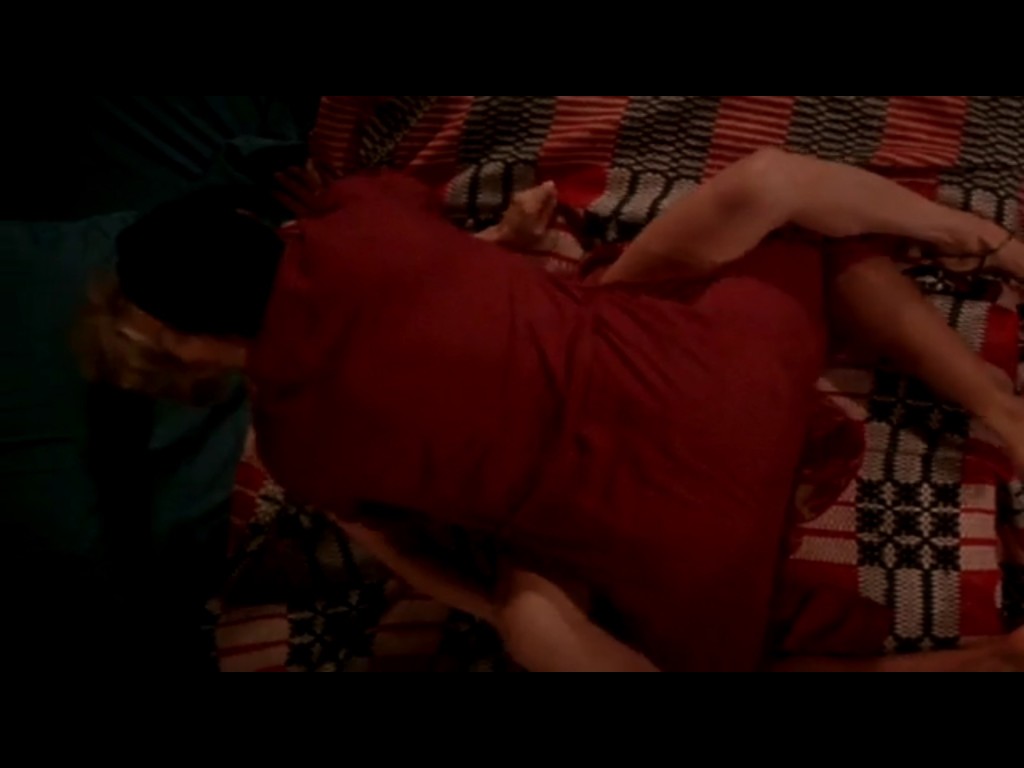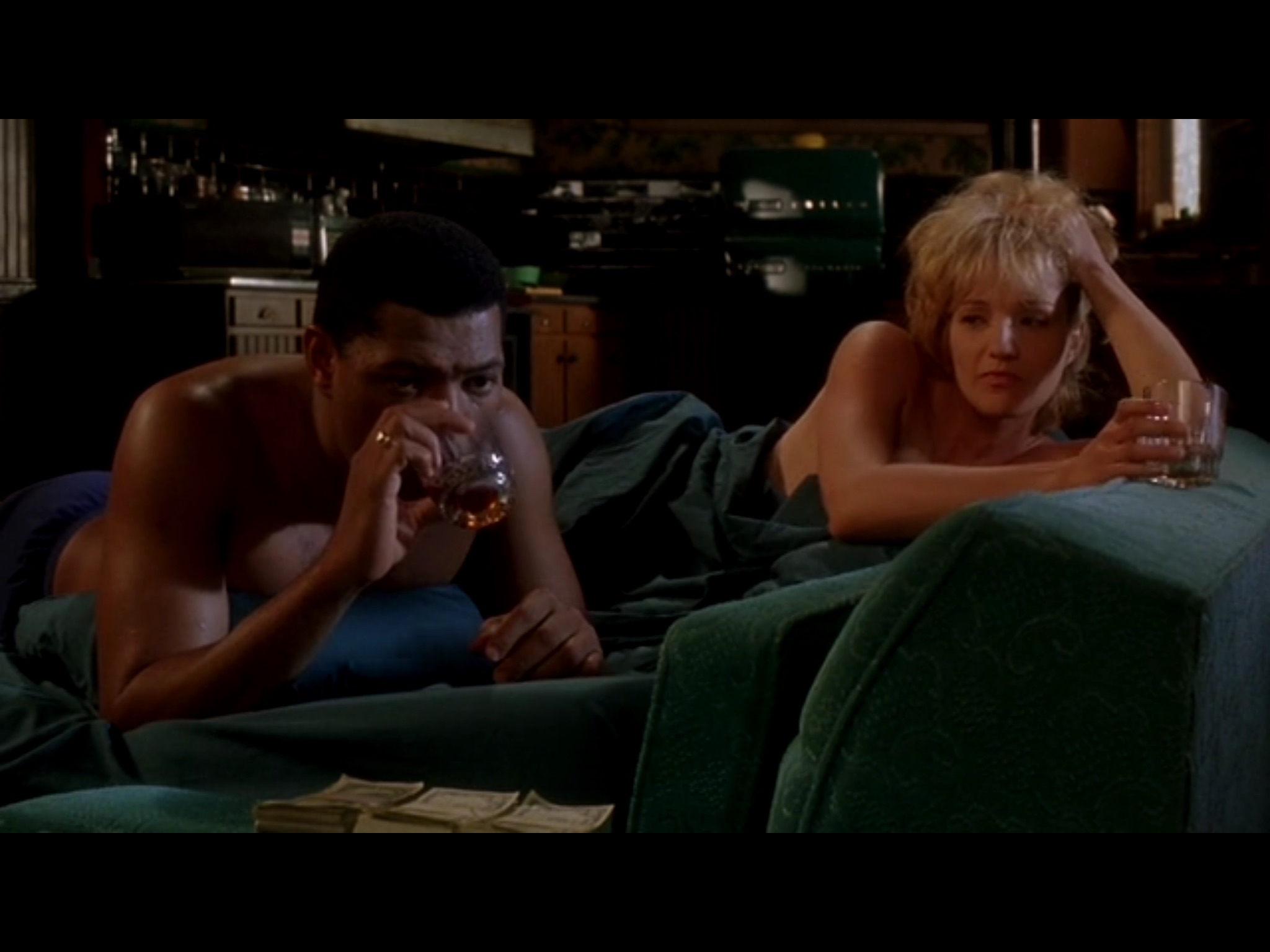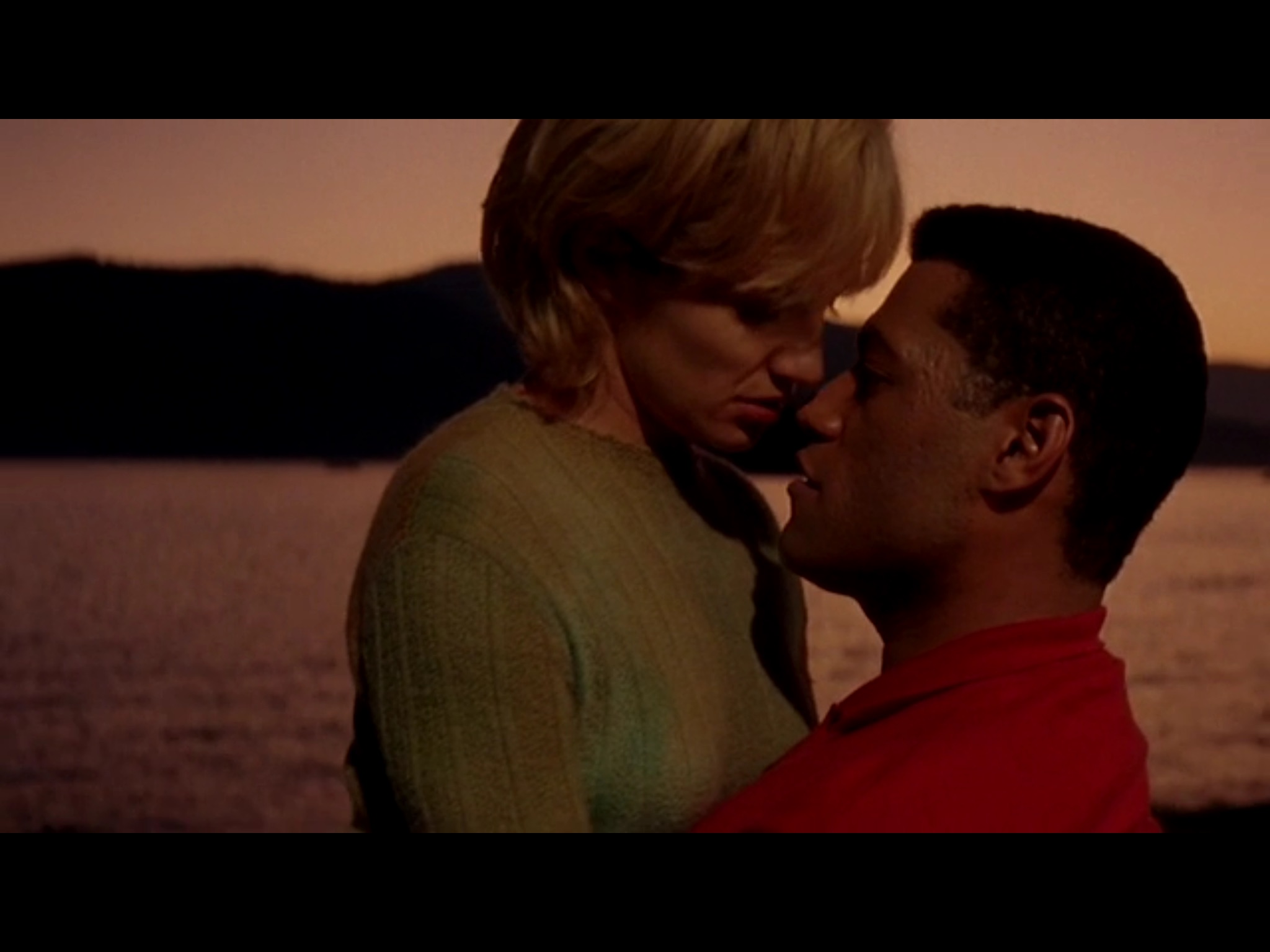
Feb
Diversity Without Pity #24 | Bad Company (1995)
[responsivevoice_button voice=”UK English Female” buttontext=”Listen to Post”]
It’s the week of Valentine’s Day. This mini-series within Diversity Without Pity addresses how couples of diverse backgrounds face challenges in unexpected ways.
Bad Company, a 1995 movie starring Laurence Fishburne, Ellen Barkin, and Frank Langella was peak-cool for me. It tells the story of a group of well-trained, amoral individuals who participate in corporate espionage and bribery.
These characters echo the kind of cool anti-heroism evoked in Mad Men, Empire, and Scandal.
But over the years, unlike The Usual Suspects and Heat — similar movies of that era — Bad Company failed to gain critical or cult movie status. At least the most famous movie critic, Roger Ebert loved it. He and I are in a minority. Because much like the contemporary labyrinth of Inception, Bad Company is smartly written in that it introduces it’s structure to you. Then it gets increasingly complicated. But it also has a deliberate sleek style in production design and costumes.
Rober Ebert reviews Bad Company (1995)
Tadao Ando
Tadao Ando‘s style heavily influences the architecture and interior design of the film.
- Frank Langella fly fishing in a full suit, y’all.
I have to suspect that a big part of why this film received such a strong negative reaction during it’s release was the casting itself. While no reviewer is really overt in saying that a black man making love to a fully-dressed white woman was a problem, there was nothing like Bad Company at the time.
The cast was ethnically diverse. Women and people of color were in power. Margaret Wells (played by Ellen Barkin) has sex without being completely undressed or objectified.
”I didn't have to resign to wearing Gap khakis and plaid shirts like the yuppies on Friends in order to be considered cool or normal.
And everyone looked really good being really bad. Not everything in Bad Company ages well. There were some dated, ugly uses of the word “faggot.” Nonetheless, for it’s time this movie, is very progressive. Because sometimes disrupting people’s schema of what’s considered normal will trigger their unconscious bias.
”While no reviewer is really overt in saying that a black man making love to a fully-dressed white woman was a problem, there was nothing like Bad Company at the time.
That’s all social science stuff. Personally, this movie had a different meaning.
When I was a teen, there was a small but influential cluster of TV shows and movies in the mid-90s that colored my imagination of what my adult life could hold. Among them were Boomerang, Martin, and Bad Company. They gave me a future in which I could wear brightly-colored, well-tailored, expensive clothes and not apologize for it. I could be chic, vulnerable, strong, ruthless, powerful, and creative, like Jacqueline or Angela in Boomerang. Or silly and down-to-earth like Pam and Gina on Martin. I didn’t have to resign to wearing Gap khakis and plaid shirts like the yuppies on Friends in order to be considered cool or normal.
I may not be the kind of person who would convince my lover to kill another, like Ellen Barkin’s Margaret on Bad Company. But that doesn’t mean I can’t be inspired by someone who would. I could be chic, sexy, and eccentric, and creative.
Diversity Without Pity is a blog series from IDSL, highlighting media that uses smart design, and considers the diversity of it’s casting without selling the viewer or consumer, short. © Buena Vista Pictures – all rights reserved.



